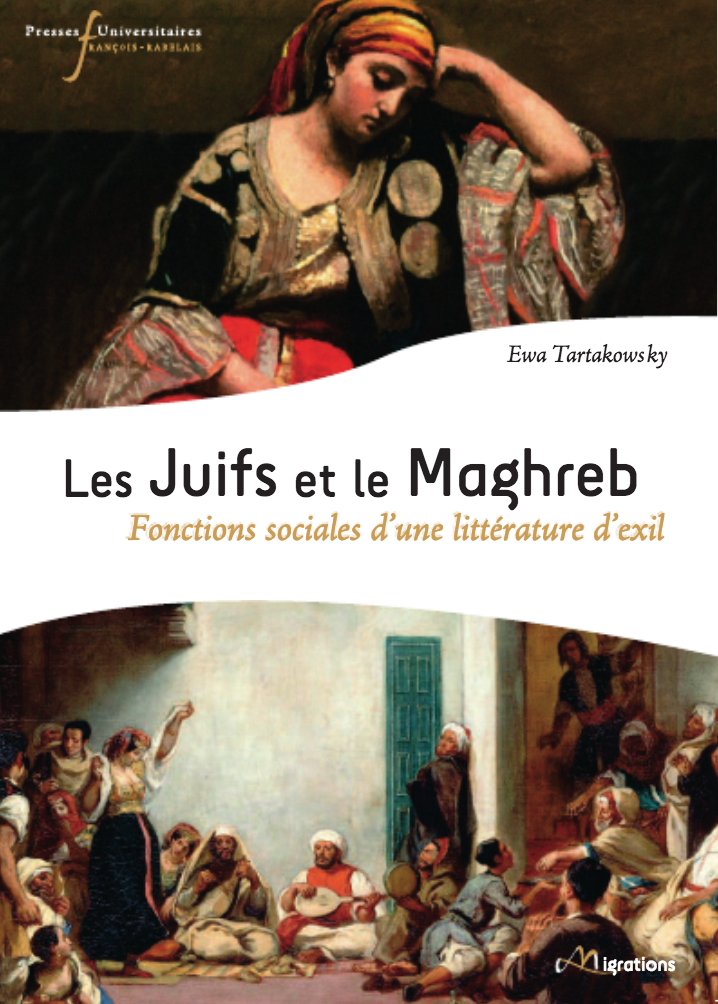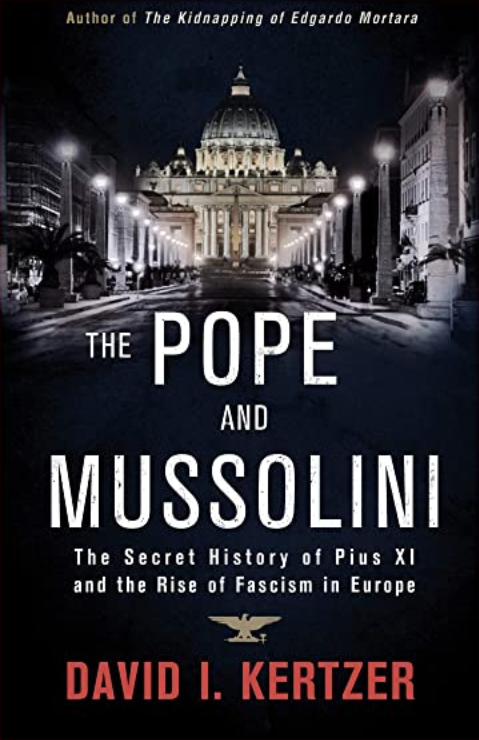
This book by Ewa Tartakowsky is an original study on the emergence of a “littérature d’exil” based on the analysis of the life paths of various Jewish authors (both males and females) born in the Maghreb region and migrated to France, as well as on the critical analysis of their literary works (short stories, novels, poems and plays). Relying on the works of Guy Dugas on the literary production of writers living and ailing from the Maghreb region until 1990, Tartakowsky extends the time span considered, by examining all works written by the aforementioned group of authors between 1950 and 2010.
In her analysis, she deploys a multidisciplinary methodology, engaging with sociology, history and modern literature, with the aim to show how the exile determines different trajectories in the literary domain. Her study of the link between literature and exile wants to scrutinize the relationships between the fictional and the real life, by understanding the mechanisms and the function of literature in the social life of an exiled group of people, its relationship with the welcoming society, and the mutual relationships between these two groups. As a sociologist, she engages with the literary text to analyze and understand the social factors influencing the literary production of Jewish authors from the Maghreb. As shown in the literary works considered, the exile is located in between the place of origin and the place of arrival, and these works have precisely the aim of making sense of this “in – betweenness.”
The second chapter, “Conditions d’émergence d’une littérature d’exile,” discusses three key elements in the development of this exile literature: the evolution of a ‘Jewish conscience’ starting from the Six-day war; the change occurred in the way history was conceived during the 1960s, and the appearance of postcolonial literatures. Through various diagrams and graphs, Tartakowski shows, also in a visual manner, the link between the literary production of Jewish authors from the Maghreb, and the various steps in their social and migratory history. This allows her to present the case for how, the exile, its material conditions, and the almost impossibility of a return, have determined the main themes of this literary production. In particular, one of the factors influencing the works of these authors to a great extent, was the acculturation to French culture and language they experienced in their country of origin, either in Algeria, Tunisia or Morocco, that made easy for them to emigrate to France after these countries’ independence.
The third chapter, “Des auteurs nés de l’exile,” is dedicated to the iconographical analysis of 441 books’ paratext, including the title, cover and back cover. The author identifies four themes coming out from the paratexts examined: exile, nostalgia, memory/transmission, and history. This work of iconographical analysis supports Tartakowski’s claim that this literature is committed to the issues “of exile, memory, uprooting and migration regarding Jews of North African origin (p. 132).” The study of the covers unveils also information about the target public of the publishers, made up of both by migrants from the Maghreb and local readership from the welcoming community/country.
“Mise en scène et transfiguration littéraires” deals with the social existence revealed by these literary works. The world emerging from these stories and novels is one of family life, where the writer plays the role of an “ethnologist” tracing “the daily life of the community and the details of the Jewish folklore from North Africa” (p. 134). The authors thus find themselves in between two different identities: “the Arab and Berber one, and the more western, French one” (p. 160). They are thus writing not only to preserve North-African Jewish memories and traditions in a country, such as France, which was quite assimilating; but they also tried to provide their French readership with some guides to understand their own Arab and Berber culture. In this chapter, Tartakowski also deals with the difference between literature written by male and female authors. The latter being characterized by its own traits, in particular considering exile and migration as emancipatory factors for women.
The fifth and final chapter, “Fonctions sociales de la littérature d’exile,” discusses the social role played by literature for the writers themselves. In particular: the memorial role, the historiographical role and the adaptation role. The writings of these authors not only are the byproduct of a personal journey with the aim of recording memories of a past life, but also fill a void in the historiographical domain, as far as the Jews from the Maghreb are concerned. Finally, the author identifies also an “adaptation function,” where the writer plays the role of “mediator” (p. 263) between two different worlds, groups and realities.
In conclusion, with her study, Ewa Tartakowski provides the reader with a useful theoretical and methodological framework to help comprehend the mechanisms of exile literature, even in different historical and geographical contexts. Through a sociological analysis of literary works, Tartakowski proves that, even if most of the writers considered started their career in France, their writings are strongly influenced by exile. By linking the social experiences to the literary approaches and the themes preferred by the authors, she allows the reader to understand how Jewish writers from the Maghreb see their social environment within the framework of exile and resettlement in a new society.
